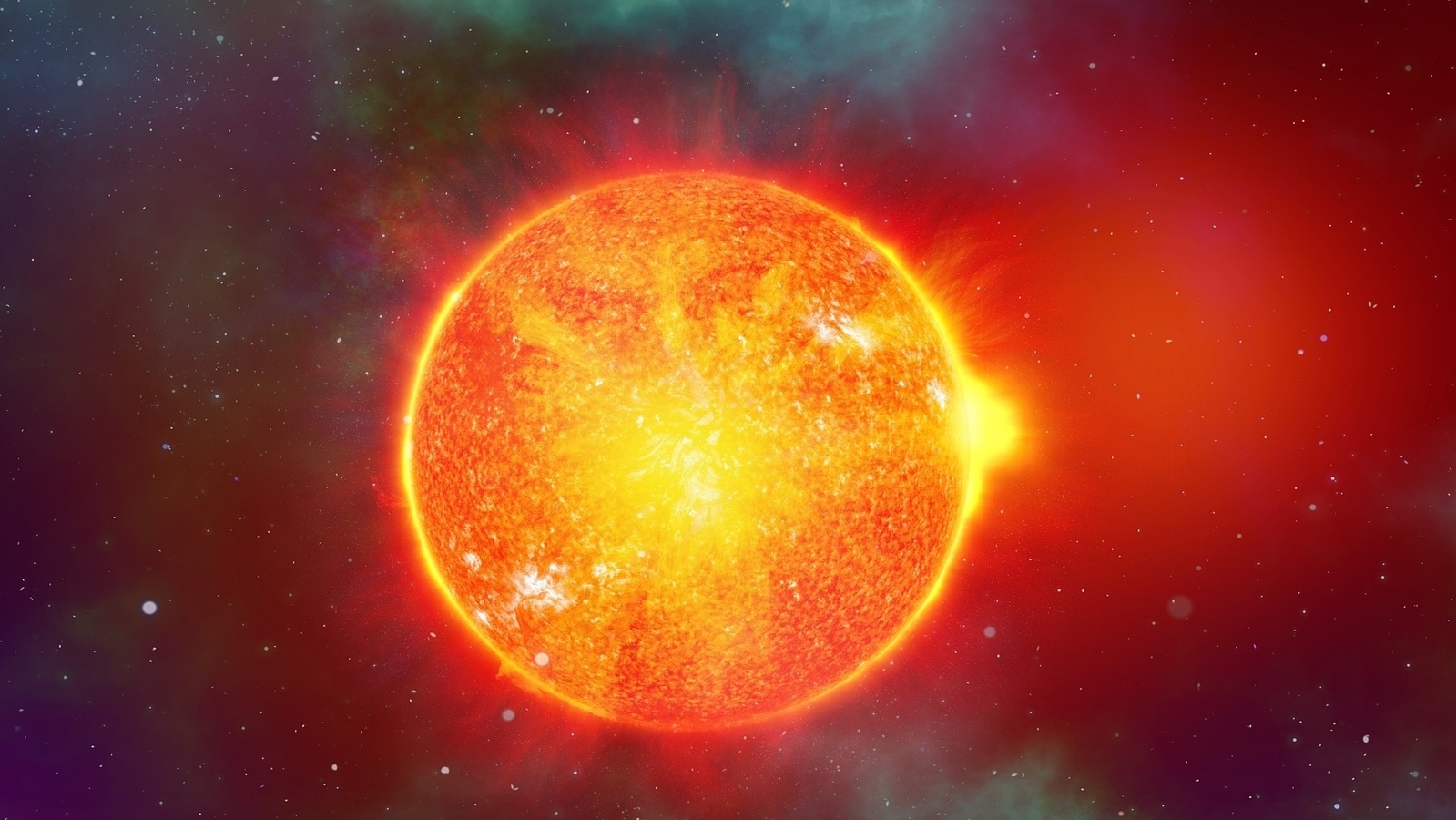Solar flare, geomagnetic storm, CME: What are these terrifying things? NASA reveals
Over the last few days, the Earth has suffered the onslaught from a solar flare, a geomagnetic storm and a coronal mass ejection (CME). But what are they and how do they differ? NASA explains.






 View all Images
View all ImagesThe last few days have been pretty terrifying for the Earth. Our planet has been suffering from a solar storm onslaught that included two different X-class solar flare eruptions and a geomagnetic storm, all within just a week. This has resulted in radio blackouts in Australia, New Zealand and South America as well as the fascinating aurora displays in the arctic circles. But as we continue to report on the latest solar disturbances, what do these terms actually mean and how are they different from one another? If you've been confused about them as well, don't worry. NASA has come to your rescue with its definitions. Read on.
What is a solar flare
The NASA Heliopedia describes solar flares as “energetic bursts of light and particles triggered by the release of magnetic energy on the Sun''. Solar flares are also the most powerful explosions in the solar system, with the energy released being comparable to billions of Hydrogen bombs. Solar flares are seen in the unstable region of the Sun known as sunspots. When a solar flare erupts, the radiation can often make high frequency wireless networks fluctuate and get disrupted. This is why solar flares are associated with shortwave radio blackouts.
What is a CME
The coronal mass ejections or CME are large clouds of solar plasma and embedded magnetic fields released into space after a solar eruption. When a solar flare (which is just explosion and radiation) erupts, it often lifts physical solar particles from its surface and pushes them out in space, sometimes in the direction of the Earth.
While solar flares travel extremely fast and can reach the Earth within 8 minutes (as it is just light radiation), CMEs move at a slower speed of around 3,000 kilometers per second. They can take between 24 to 48 hours to reach the Earth. CMEs are formed due to realignment of the Sun's magnetic field, known as magnetic reconnection.
What is a geomagnetic storm
According to NASA, “A geomagnetic storm is a major disturbance of Earth's magnetosphere that occurs when there is a very efficient exchange of energy from the solar wind into the space environment surrounding Earth”. Put simply, it is the precise moment when solar particles or solar winds interact with the magnetosphere and the ionosphere of the Earth after a solar eruption sends material crashing into Earth. The magnetic field lines of the Earth temporarily get disturbed, and it releases extremely high magnetic energy. The energy and heat is enough to ionize oxygen present in the upper atmosphere and turn it into blue-green hues of light, which we know as auroras. These Geomagnetic storms can disturb, or even destroy, GPS, radio communications, mobile phone connectivity, satellites and even the Internet. Also, they can create harmful geomagnetic induced currents (GICs) in the electricity grids.
Catch all the Latest Tech News, Mobile News, Laptop News, Gaming news, Wearables News , How To News, also keep up with us on Whatsapp channel,Twitter, Facebook, Google News, and Instagram. For our latest videos, subscribe to our YouTube channel.





























